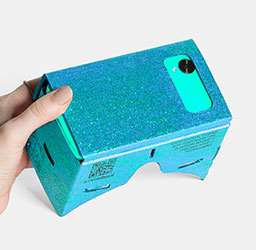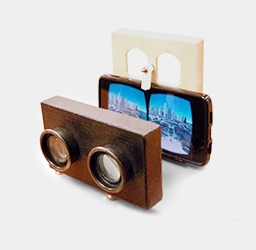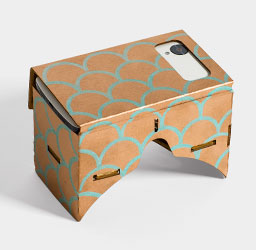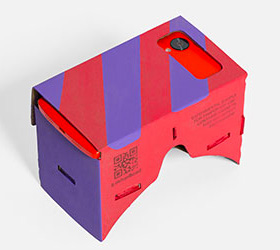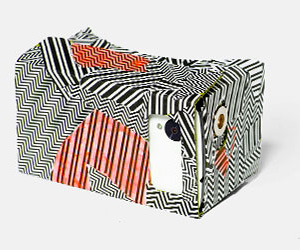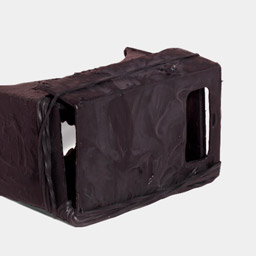AI-generated Key Takeaways
-
The Cardboard viewer specification is open source and available for manufacturers to build.
-
A Manufacturer Kit provides detailed technical specifications, production guidance, and best practices for building Cardboard viewers.
-
A Viewer Profile Generator is available to ensure a great experience regardless of the viewer's size, shape, or material.
-
Instructions are provided to build your own Cardboard viewer using everyday items.
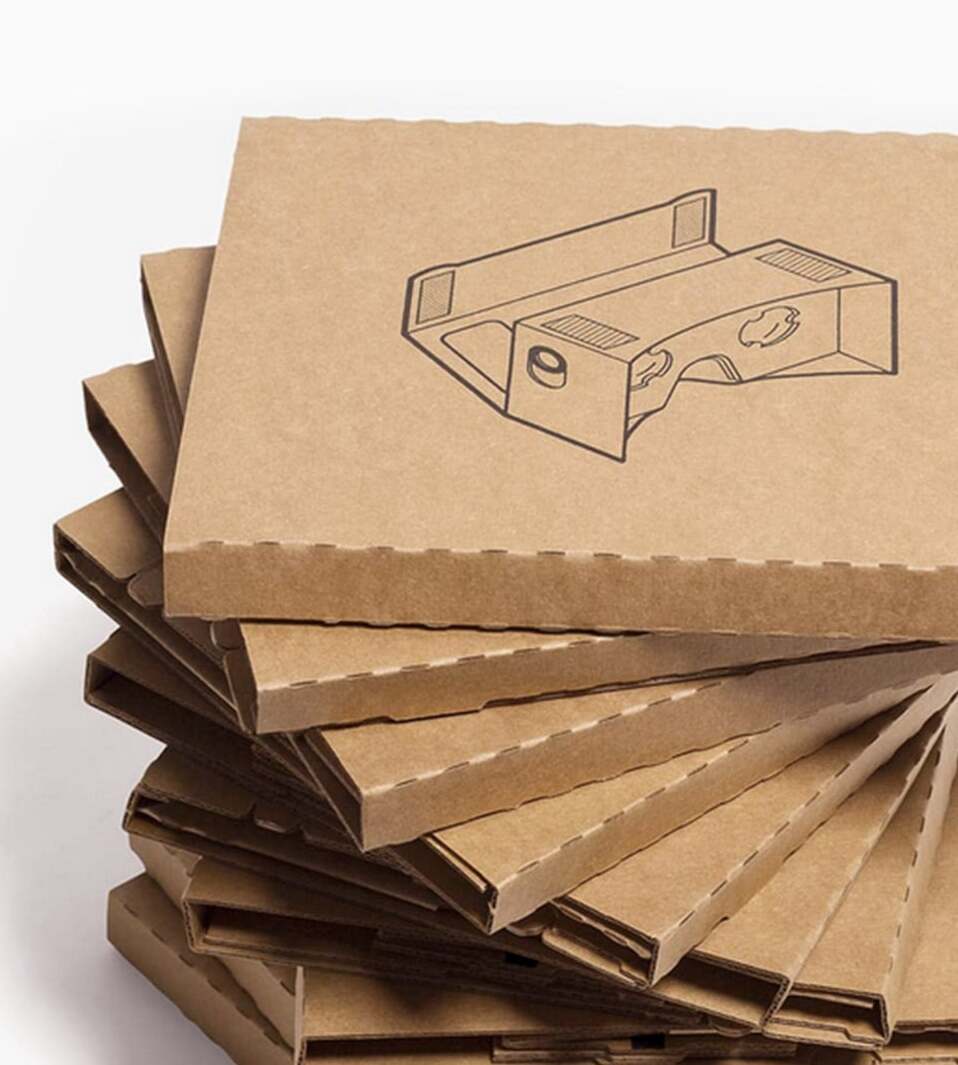
When it is said that Cardboard is for everyone it means everyone, and that includes manufacturers too. So the Cardboard viewer specification is open source and ready for you to start building.
Let's build something
Production templates
The Manufacturer Kit has been updated for the new Cardboard, with more detailed Cardboard-manufacturery goodness than ever before. The kit includes technical specifications and drawings for lenses, conductive strips, die-cut lines, and more, plus manufacturing tolerances and material specifications. And it even includes guidance for quality assurance, first article inspections, and production scaling procedures.
Best practices
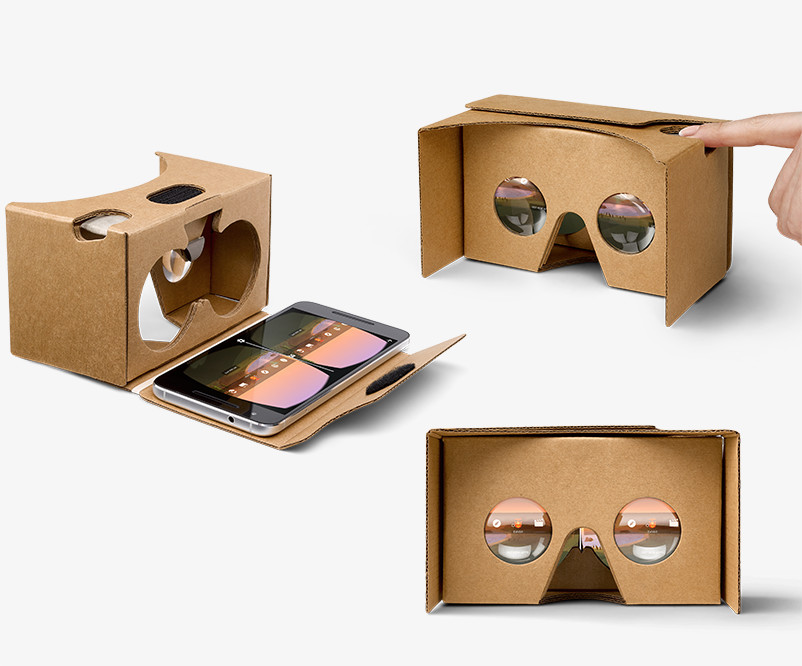
Whether you're making ten Cardboard viewers or ten million, the details make the experience. The Manufacturers Kit contains everything we've learned producing Google Cardboard: our recommendations, usage and branding guidelines, and specifications for each and every component, even the rubber band.
Viewer profile generator

Regardless of the size, shape, or material of your VR viewer, make sure it provides a great experience. Use the Viewer Profile Generator to define your device's key parameters. Add the QR code to your viewer so every Cardboard app will automatically adapt to your viewer.
Build It Yourself
To build your own viewer all you need are a few everyday items you can find in your garage, online, or at your local hardware store: cardboard, lenses, magnets, hook and loop fastener and a rubber band.
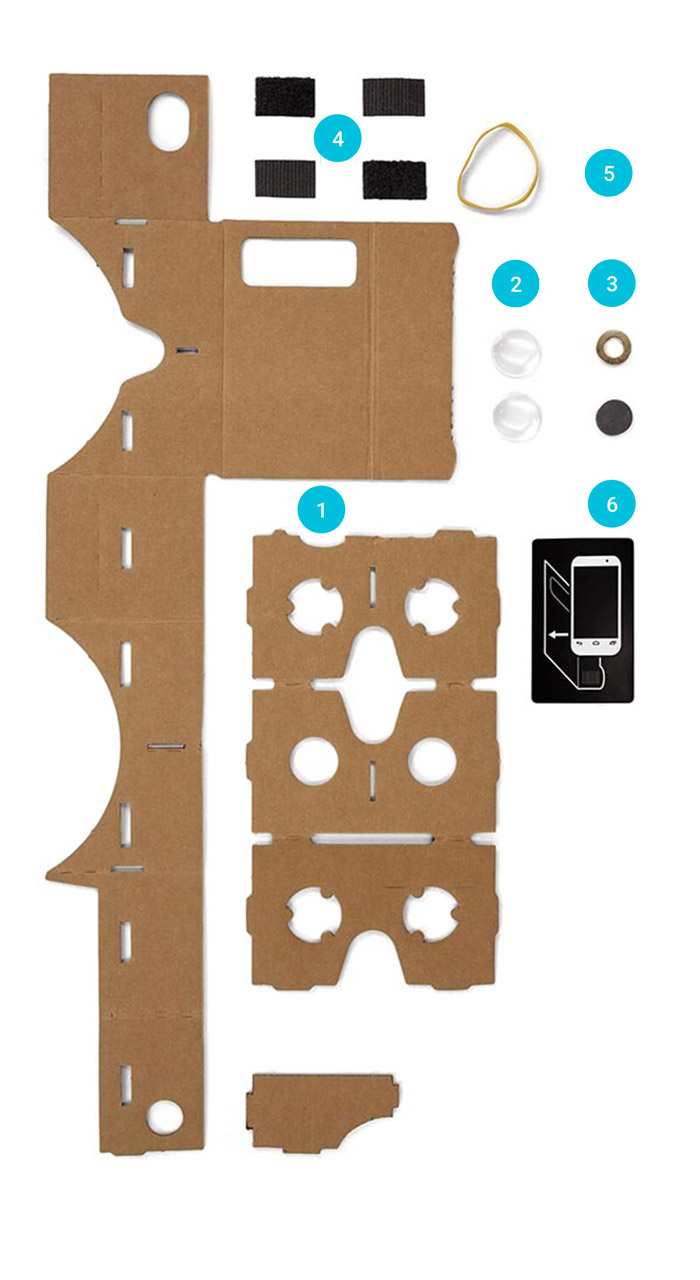
| Reference | |
|---|---|
| 1. Cardboard | Corrugated cardboard sheet, preferably E Flute (corrugated cardboard comes in a variety of thicknesses called "flutes"), available at many art supply stores and online . For best results, you should look for strong, thin cardboard (sturdy shoe box rather than moving box). Minimum size: 8.75in (22cm) by 22in (56cm), and 0.06in (1.5mm) thickness. Online sources here and here. |
| 2. Lenses | This is the trickiest component. Lenses that have a 45mm focal distance might work. Biconvex lenses work best because they prevent distortion around the edges. |
| 3. Magnets | One neodymium ring magnet - like this - and one ceramic disk magnet - like this. Approximate size: 0.75in (19mm) diameter and 0.12in (3mm) thickness. |
| 4. Hook and loop fastener | Two strips of regular strength adhesive-backed hook and loop fastener. Approximate size: 0.75in (20mm) by 1.25in (30mm). |
| 5. Rubber band | One rubber band, to prevent the phone from sliding out. Minimum length of 3.2in (8cm). |
| 6. NFC tag (optional) | One sticker NFC tag. Program it with the URL cardboard://v1.0.0 |
Make it yours
Whether you're buying a pre-assembled viewer or building one from scratch, there's almost no limit to how creative you can get with Cardboard, as these eye-catching examples prove.
